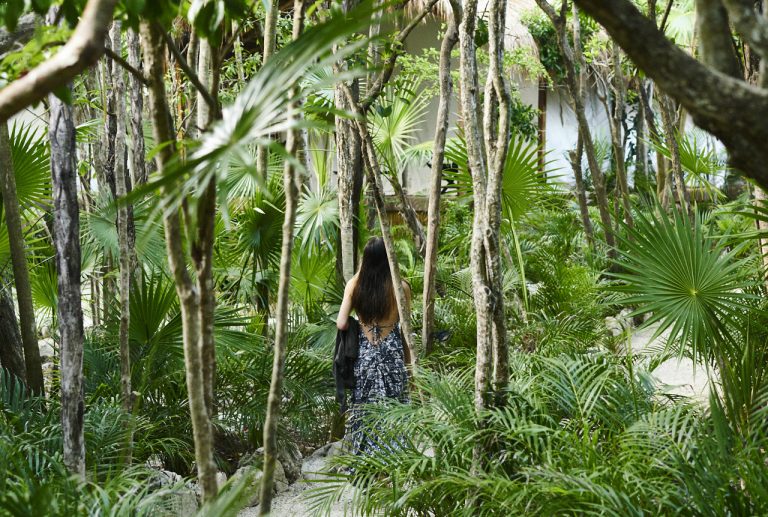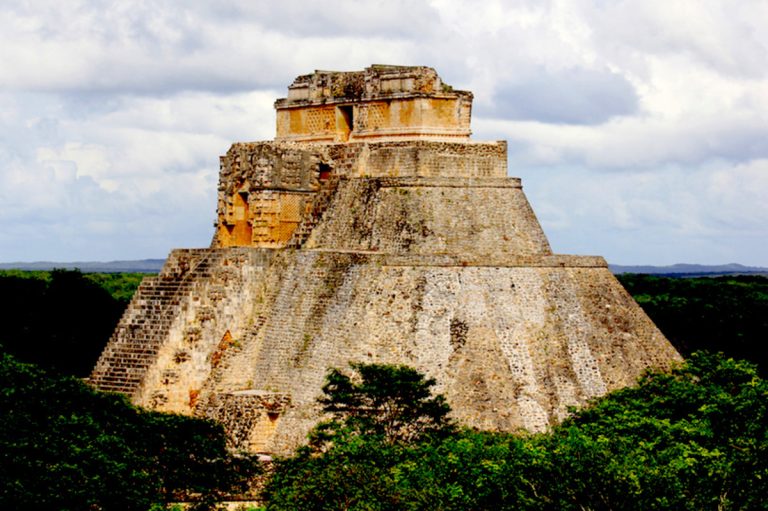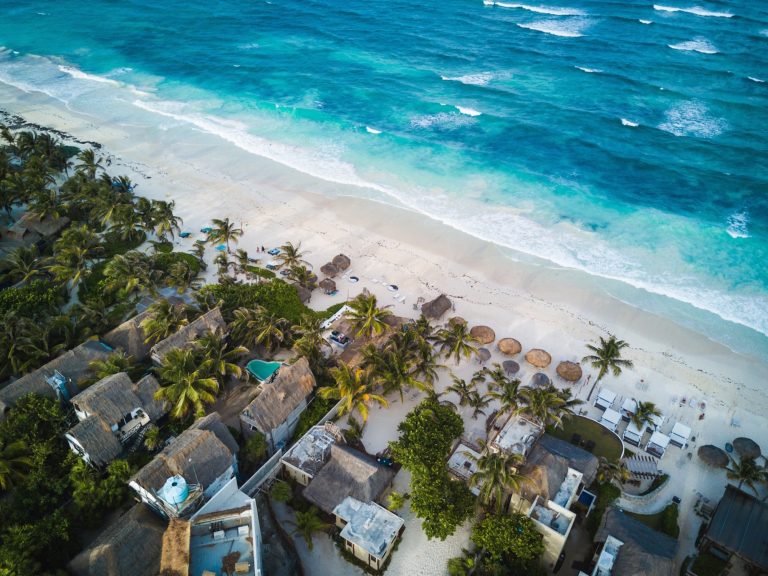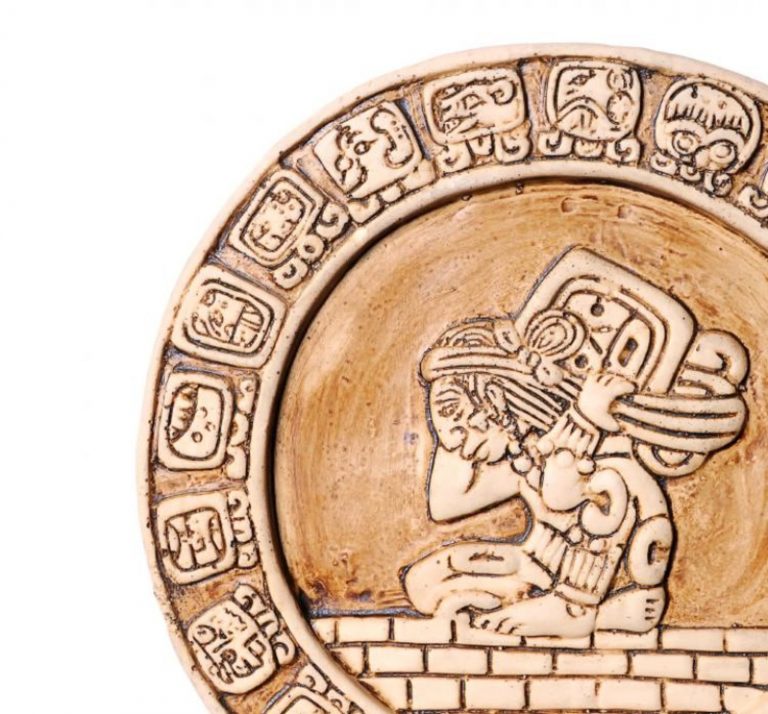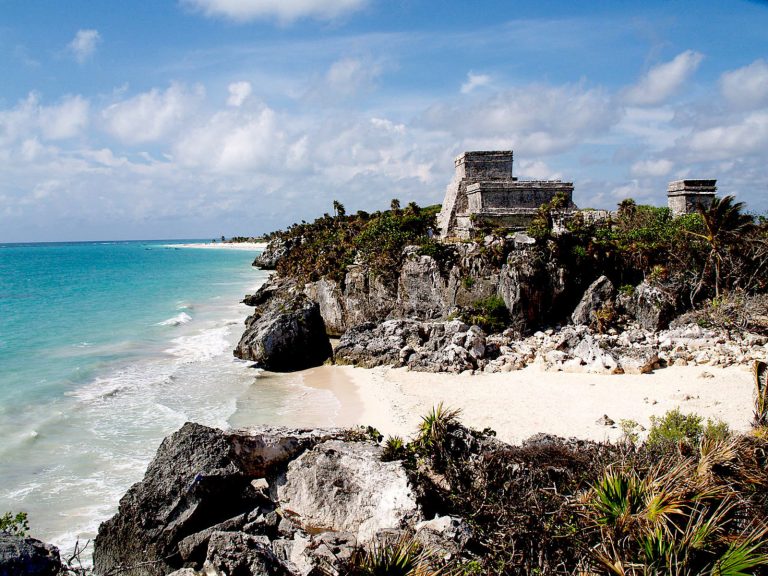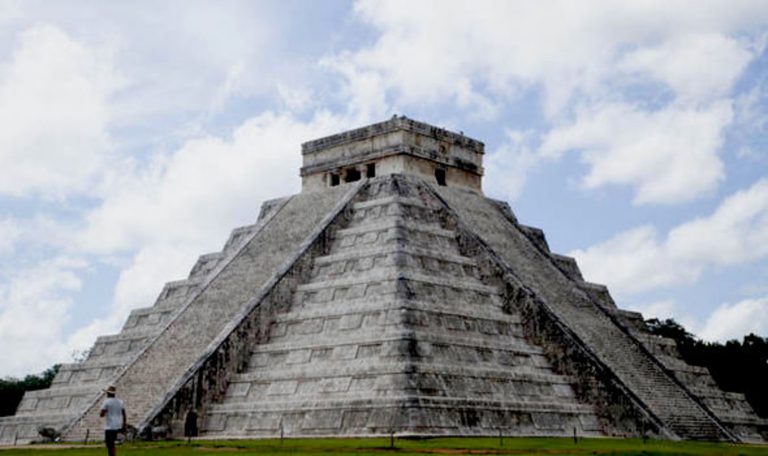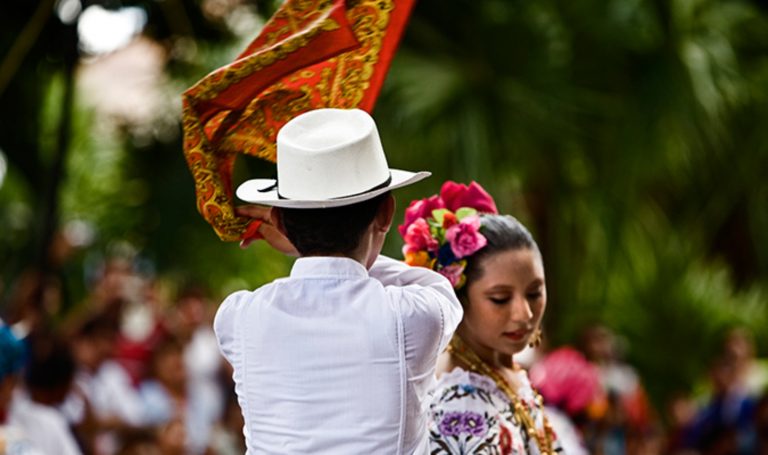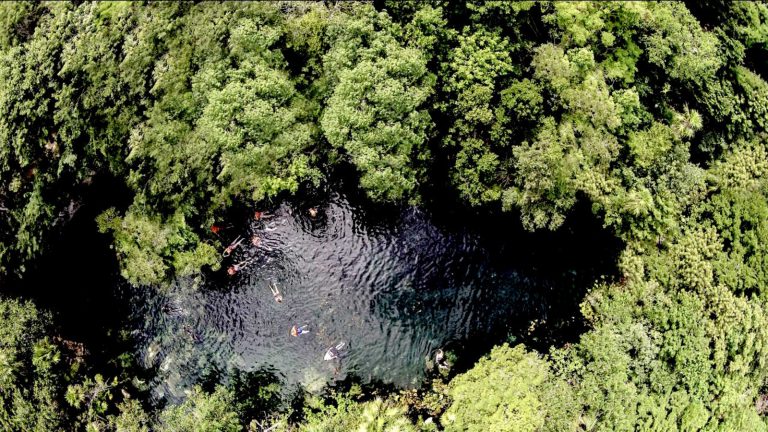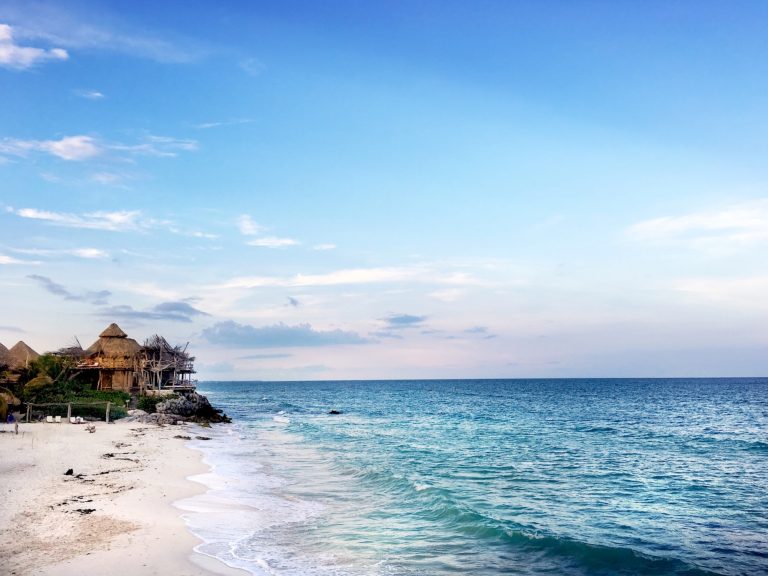A casual Google image search reveals the obvious draw of Tulum – warm cerulean waves hitting sweeping beaches under cloudless skies, as warm breezes blow in off the Caribbean and gently rustle the palm trees on the shore.
It is the kind of quintessential tropical paradise many cubicle-bound nine-to- fivers daydream of escaping to during the dark, cold months of winter, or really anytime at all. In the past few years, Tulum has emerged as one of Mexico’s most popular tourist destinations.
But the allure of Tulum and the Yucatán Peninsula on which it is settled goes much deeper than dreamy stock photo beach vistas. The region’s history is as impressive as its epic landscapes, and gives Tulum and the Yucatán beyond an unmistakably charged atmosphere intimately connected to the rhythms of the earth and the rituals of ancient civilizations.
To understand the singular nature of the Yucatán Peninsula – the 73,600 square mile land mass separating the Caribbean Sea from the Gulf of Mexico – one must go back 65 million years, to the end of the Cretaceous Period. It was then that geologists say a asteroid roughly six miles wide barreled out of deep space and hit the northern coast of the Yucatán with a force ten billion times stronger than the atomic bomb dropped on Hiroshima. The impact of this massive hit is widely believed to have sparked worldwide climate disruption – volcanic eruptions, earthquakes, global firestorms, mega-tsunamis that hit what is now the southern coast of the United States – which in turn caused a global mass extinction that wiped out 75 percent of all living things on Earth, including the dinosaurs. It was a high-drama moment in the history of the planet. Earth was covered in a layer of dust that blocked the light of the sun and stopped photosynthesis. For years, nothing grew.
The crater this asteroid left behind is called Chicxulub. Discovered in 1978, this massive hole is buried under thousands of feet of sediment and water just off the coast of Chicxulub, Mexico. At approximately 110 miles wide and 12 miles deep, it one of the largest crater impact sites on Earth.
The asteroid’s impact ruptured the ground of the Yucatan, causing holes to form and fill with water throughout the Peninsula. These ruptures are the cenotes – the freshwater swimming holes and caves which today serve as one of the region’s primary tourist attractions. But before they became famous among travelers, these cenotes were used as sites for spiritual and physical satiation by the region’s first inhabitants: the Mayans.
Beginning in roughly 2,600 BC, Mayan civilization spread throughout southeastern Mexico, through all of Guatemala and Belize and into the western portions of Honduras and El Salvador. There are hundreds of Mayan sites in these five countries. The Mayans migrated into the Yucatán after approximately 1800 BC, establishing ceremonial centers throughout the region. Of these, Chichen Itza and Uxmal are two of the largest and best known. While the Mayan-built city in Tulum is smaller less ornate than these and other major sites, the fortress and religious structures constructed on here the coast altogether composed an important trading and spiritual hub for the civilization.
Tulum was the Mayan word for wall, although the site’s original inhabitants called the place Zamà – place of the dawning sun. The outer wall of the city was built facing the sea in order to protect it from invaders, and the site’s location on an epic stretch of rugged coast allowed inhabitants to watch the sun rise each morning. According to artifacts found at the site, the city was inhabited as early as 564 BC, with the population eventually peaking at around 1,600 inhabitants during the site’s heyday, between the 13th and 15th centuries.
The Tulum ruins contain three major structures: El Castillo, the Temple of the Descending God and the Temple of the Frescoes, the last of which was used as an observatory for tracking movements of the sun. A small cenote provided the city with fresh water. The word cenote comes from dzonot, the Mayan word for the freshwater sinkholes that extend outward more than 100 miles from the Chicxulub impact site. There are roughly 2,600 cenotes in the region, many of which were used as Mayan spiritual sites. The best known is the Cenote Sagrado, a sinkhole located at Chichen Itza where gold, jade, pottery, incense and human sacrifices were thrown in as a form of worship to the Mayan rain god.
Tulum and the Yucatán are often referred to as a “vortex” – one of the world’s highly charged points – and in fact an incredible amount of energy hit and then emanated from this place. The repercussions changed the course of life on Earth and affected the civilizations that would develop and flourish millions of years later. Today modern people, us, travel to Tulum to feel the intense rhythms of nature inherent in this land and continue the cycle of worship demanded by a place of such tremendous power and beauty.
it’s a pirate’s life
Discover the cultural community center bringing self-expression to Bacalar.

